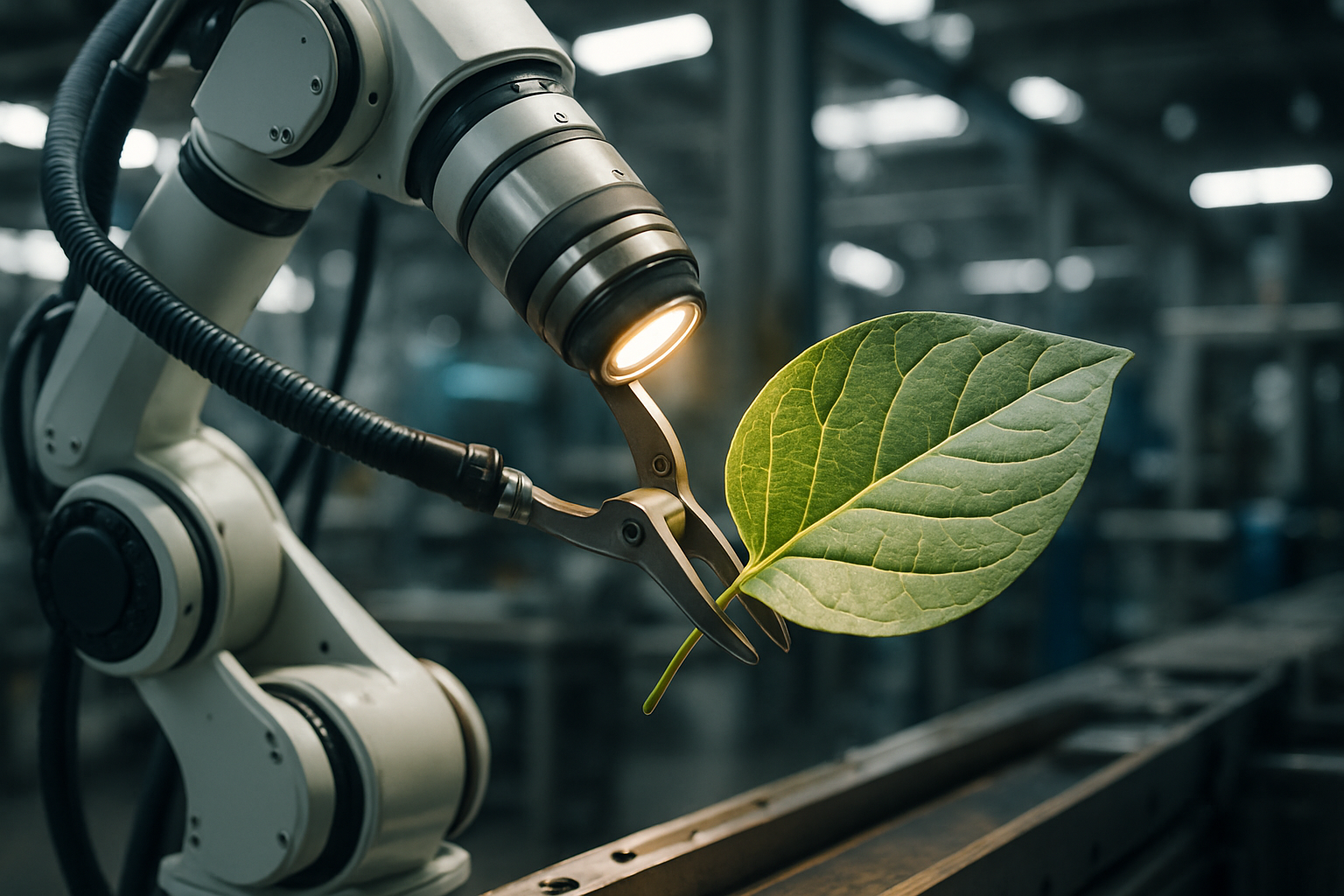Biomimicry in Industrial Design: Nature-Inspired Solutions
The convergence of biology and engineering is revolutionizing industrial design, offering innovative solutions to complex challenges. Biomimicry, the practice of emulating nature's time-tested patterns and strategies, is gaining traction across industries. This approach not only enhances product functionality but also promotes sustainability and efficiency in manufacturing processes.

Structural Efficiency: Learning from Honeycombs and Shells
Nature’s structures often exhibit remarkable strength-to-weight ratios. The hexagonal pattern of honeycombs, for instance, has inspired the design of lightweight yet robust materials used in aerospace and automotive industries. Similarly, the spiral structure of seashells has led to the development of impact-resistant materials for protective gear and vehicle components.
Self-Cleaning Surfaces: The Lotus Effect in Action
The lotus leaf’s ability to repel water and dirt has captivated industrial designers seeking to create low-maintenance surfaces. This phenomenon, known as the “lotus effect,” has been replicated in various products, from self-cleaning paints to water-repellent textiles. Such innovations reduce the need for harsh cleaning chemicals and extend product lifespans, aligning with sustainable manufacturing goals.
Energy-Efficient Locomotion: Mimicking Marine Life
Marine animals have evolved efficient propulsion methods over millions of years. Engineers are now adapting these principles to design more energy-efficient vehicles and machinery. For example, the streamlined shape of penguins has influenced the design of underwater robots, while the undulating motion of fish has inspired new propulsion systems for ships and submarines.
Adaptive Materials: Shape-Shifting Solutions
Nature’s ability to adapt to changing environments has led to the development of smart materials in industrial applications. Shape memory alloys, inspired by the temperature-responsive behavior of pinecones, are being used in various industries. These materials can change shape or properties in response to external stimuli, offering possibilities for self-adjusting machinery and adaptive infrastructure.
Collaboration and Swarm Intelligence in Manufacturing
The collective behavior of social insects like ants and bees has inspired new approaches to manufacturing and logistics. Swarm robotics, based on the principles of decentralized decision-making observed in nature, is being applied to optimize factory floor operations and warehouse management. This biomimetic approach enhances flexibility and resilience in industrial processes.
Practical Insights for Implementing Biomimicry in Industry
• Conduct interdisciplinary research: Collaborate with biologists to identify relevant natural models for your specific industrial challenges.
• Invest in advanced imaging technologies: High-resolution microscopy and 3D scanning can reveal intricate natural structures applicable to industrial design.
• Develop biomimetic materials: Explore materials that mimic natural properties, such as self-healing polymers or structurally colored surfaces.
• Implement biomimetic processes: Adapt nature-inspired algorithms for optimizing manufacturing workflows and supply chain management.
• Foster a biomimetic mindset: Encourage designers and engineers to look to nature for sustainable and efficient solutions to industrial problems.
As industries continue to face complex challenges in efficiency, sustainability, and innovation, biomimicry offers a promising path forward. By tapping into nature’s 3.8 billion years of research and development, industrial designers can create solutions that are not only highly effective but also inherently sustainable. The future of industrial design lies in harmonizing technological advancement with nature’s time-tested strategies, paving the way for a new era of bio-inspired industrial innovation.





